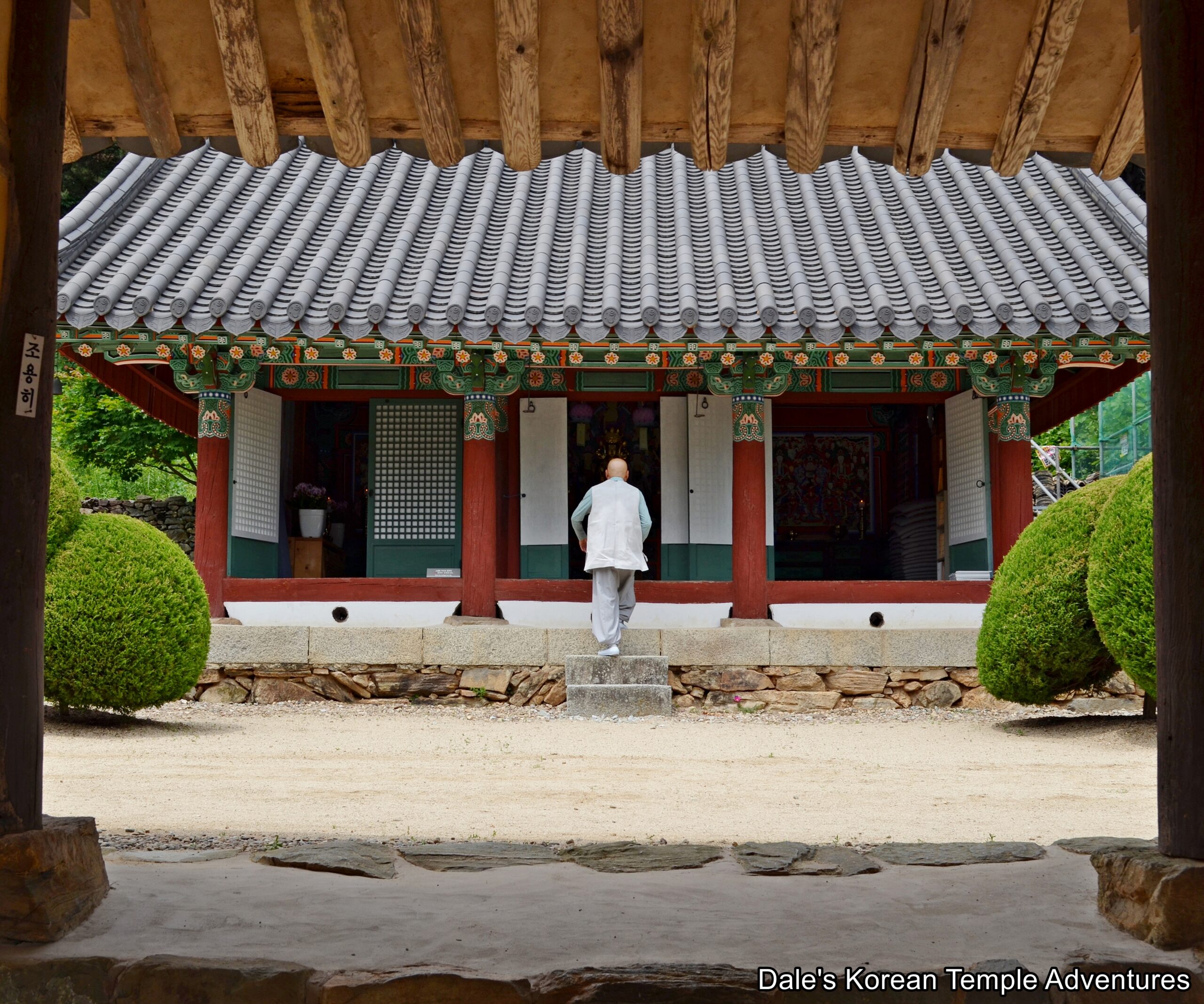
Temple History
Gaemoksa Temple is located near Bongjeongsa Temple in the southeastern foothills of Mt. Cheondeungsan (575.9 m) in northern Andong, Gyeongsangbuk-do. The temple was first built during the early part of Unified Silla (668-935 A.D.). The famed monk Uisang-daesa (625-702 A.D.) built the temple during the reign of King Sinmun of Silla (r. 681-692). According to this legend, Uisang-daesa decided to build this temple after gaining enlightenment inside the neighbouring Cheongdeung-gul Cave, which is located directly behind the temple. Originally, the temple was called Heungguksa Temple, which means “Making the Country Thrive Temple” in English. During the Goryeo Dynasty (918-1392), Jeong Mong-ju (1338-1392) studied at the temple.
During the Joseon Dynasty (1392-1910), the name of the temple changed from Heungguksa Temple to that of its current name of Gaemoksa Temple. Around this time, there were many blind people living in the Andong area, but after this temple was constructed many of these people regained their ability to see. That’s why the name of the temple changed from Heungguksa Temple to Gaemoksa Temple. In English, Gaemoksa Temple means “Opening the Eyes of People Temple.”
There is a Korean Treasure at Gaemoksa Temple. It’s the Wontong-jeon Hall, which is Korean Treasure #242.
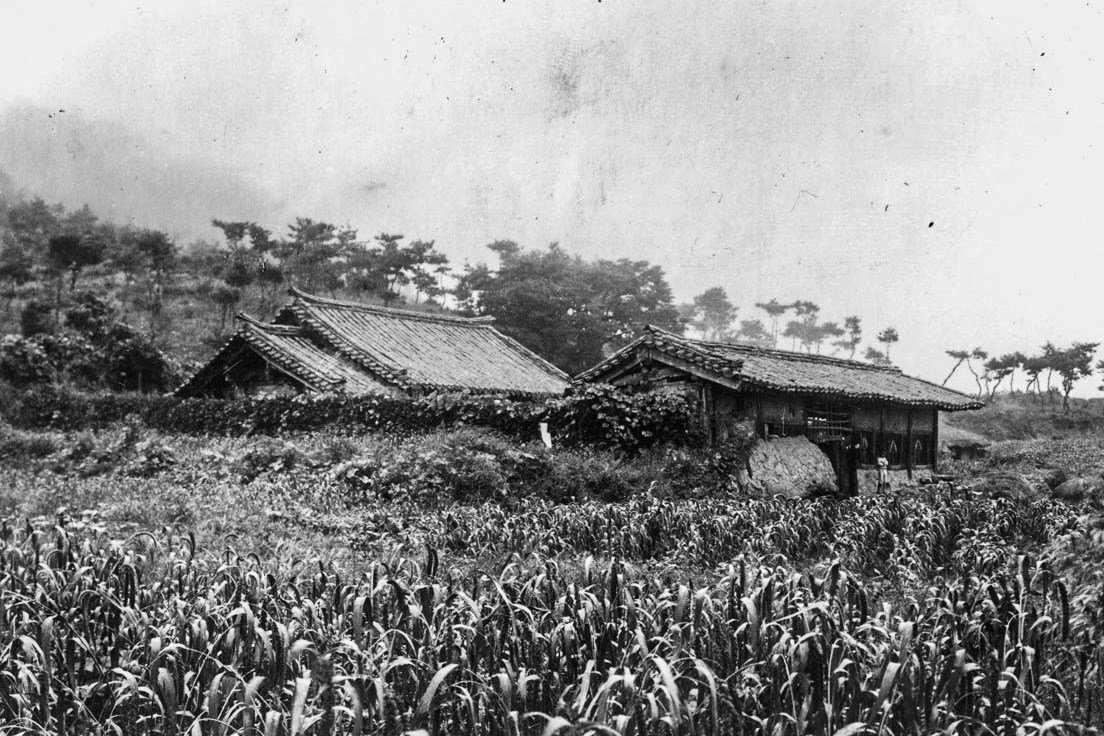

Temple Layout
You first approach Gaemoksa Temple up a long, winding mountain road. It appears as though it was recently paved, so the way up is quite easy. Eventually, you’ll arrive at the temple parking lot with a stunning view of the city of Andong off in the distance. And between the view and the city is the temple pond with surrounding purple flowers.
You’ll then pass through the Uhwa-ru Pavilion. This stunning, all-natural entry gate has old monks’ dorms on the backside of the pavilion. Straight ahead, on the other hand, is the Wontong-jeon Hall. It’s believed that this shrine hall was first constructed in 1457. The reason that this is believed is that there is a written record found inside the shrine hall from its reconstruction in 1969. This written record states “The First Year of Joseon Conforming with God.”
As for the structure of the shrine hall, it’s situated under a gable roof. There are brackets placed on poles to support the weight of the roof. The front and back of the building are shaped differently. The front of the building has a raised, wooden corridor. The exterior walls are adorned in simple dancheong colours. Additionally, the shrine hall has ondol (a traditional floor heating system in Korea), which is extremely rare in an early Joseon Dynasty shrine hall.
As for the main altar inside the Wontong-jeon Hall, you’ll find three different incarnations of Gwanseeum-bosal (The Bodhisattva of Compassion). Of the three, it’s the central image that’s most distinct and probably the oldest. Its face is slender, and it’s wearing an ornate crown. To the left of the main altar, you’ll find a modern painting dedicated to Jijang-bosal (The Bodhisattva of the Afterlife); while to the right of the main altar, you’ll find an equally modern Shinjung Taenghwa (Guardian Mural). If you look closely, you’ll find a rather rare sight. In this painting is an image of Yongwang (The Dragon King) wearing a military uniform similar to that of Dongjin-bosal (The Bodhisattva that Protects the Buddha’s Teachings) in the same painting.
To the left of the Wontong-jeon Hall are the monks’ dorms and administrative offices at Gaemoksa Temple. And to the right of the main hall, you’ll find the Sanshin-gak Hall, which is currently under reconstruction. This shaman shrine hall, however, functions as a Sanshin/Chilseong-gak Hall. The image of a Sanshin (The Mountain Spirit) painting inside the shaman shrine hall holds a golden fan, and the tiger looks especially fierce. To the right of the Sanshin painting is an older mural dedicated to Chilseong (The Seven Stars).
How To Get There
From the Andong Bus Terminal, you’ll need to take Bus #310 to get to Gaemoksa Temple. You’ll need to take this bus for 14 stops, or 16 minutes, and get off at the “Bongjeongsa Bus Station Bus Stop – 봉정사 정류장 하차.” From where the bus drops you off, you’ll need to walk 1.4 km, or 21 minutes, to get to Gaemoksa Temple.
Another way that you can get to Gaemoksa Temple is after visiting Bongjeongsa Temple. After visiting Bongjeongsa Temple, there is a trail to the east of the temple grounds near Yeongsanam Hermitage. The hike from Bongjeongsa Temple to Gaemoksa Temple will take 11 minutes over 600 metres.
And if public transportation and a trip to Bongjeongsa Temple aren’t your thing, you can simply take a taxi from the Andong Bus Terminal to get to Gaemoksa Temple. The taxi ride will take you around 20 minutes over 14 km, and it’ll cost you around 19,000 won (one way).
Overall Rating: 6/10
The views and close proximity of Gaemoksa Temple to Bongjeongsa Temple are definitely pluses. Additionally, the 15th century Wontong-jeon Hall is absolutely stunning architecturally with its exposed rafters and wooden corridor out in front of the actual shrine hall. Stepping inside the historic main hall, you’ll find a stunning central image of Gwanseeum-bosal. Additionally, you can also enjoy the mural dedicated to Sanshin (The Mountain Spirit) inside the shaman shrine hall. It doesn’t hurt that the abbot at Gaemoksa Temple is quite friendly, too. While smaller in size, and if you’re already visiting Bongjeongsa Temple, Gaemoksa Temple is definitely worth a bit of your time, as well.
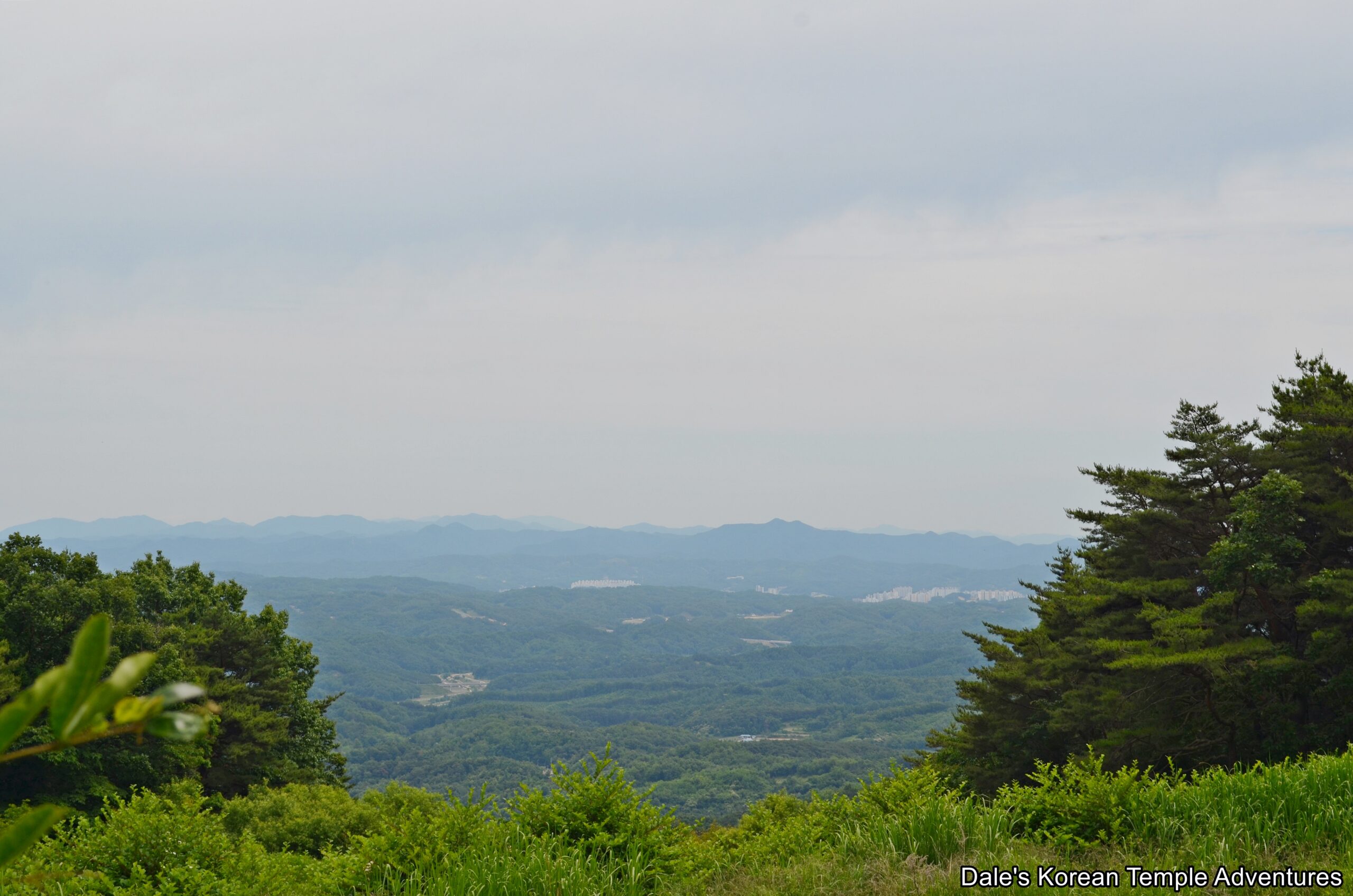
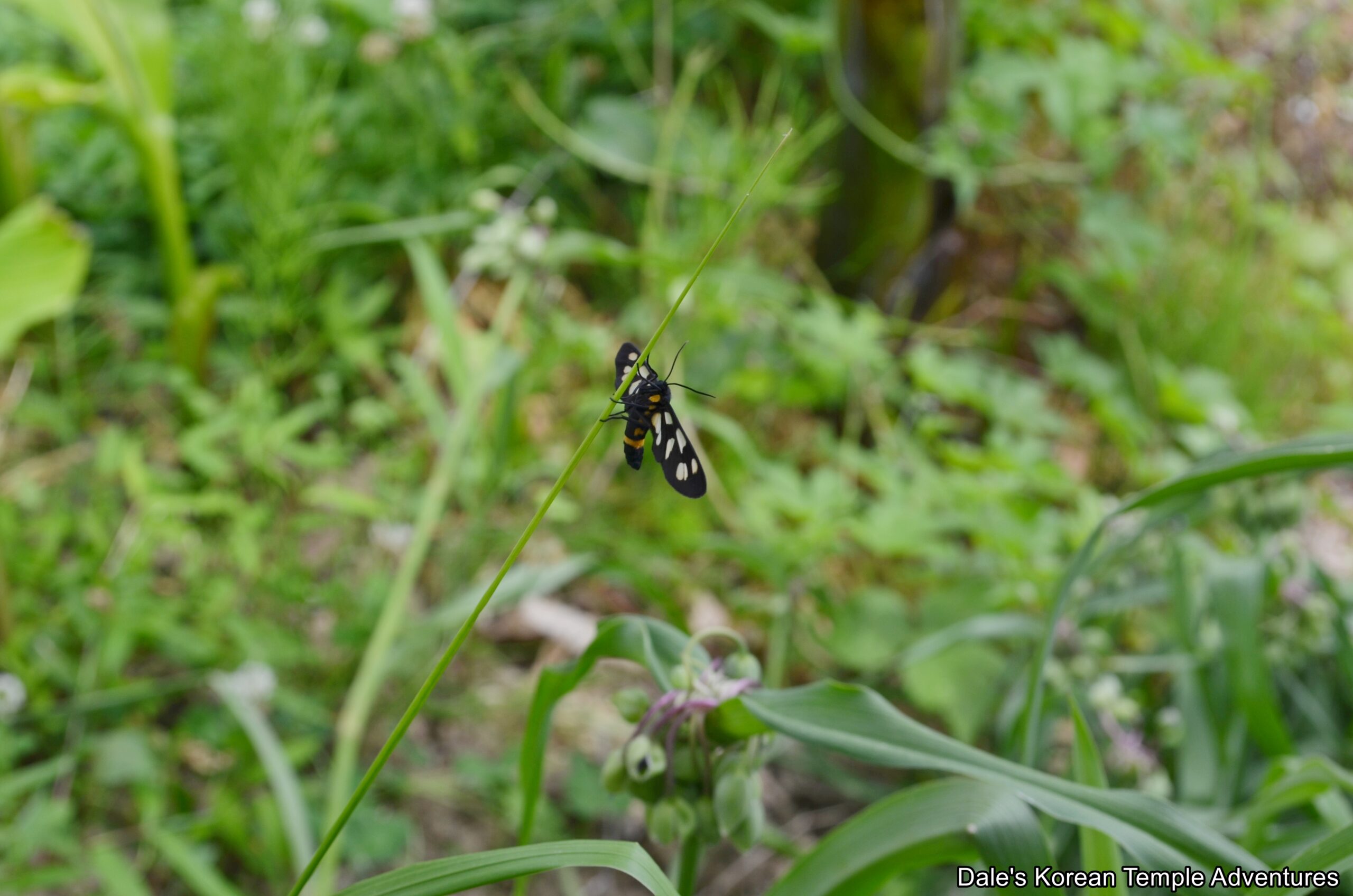
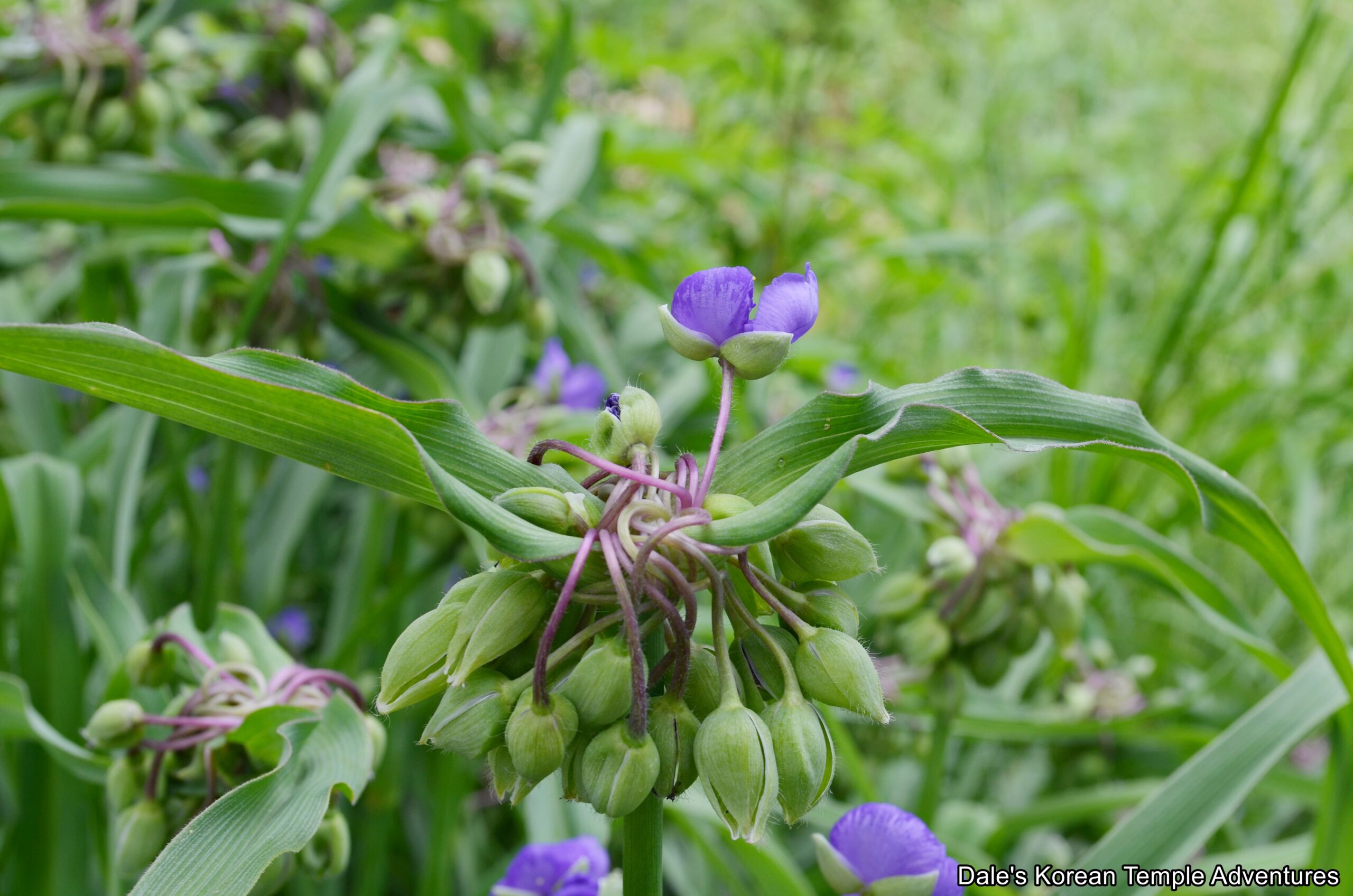
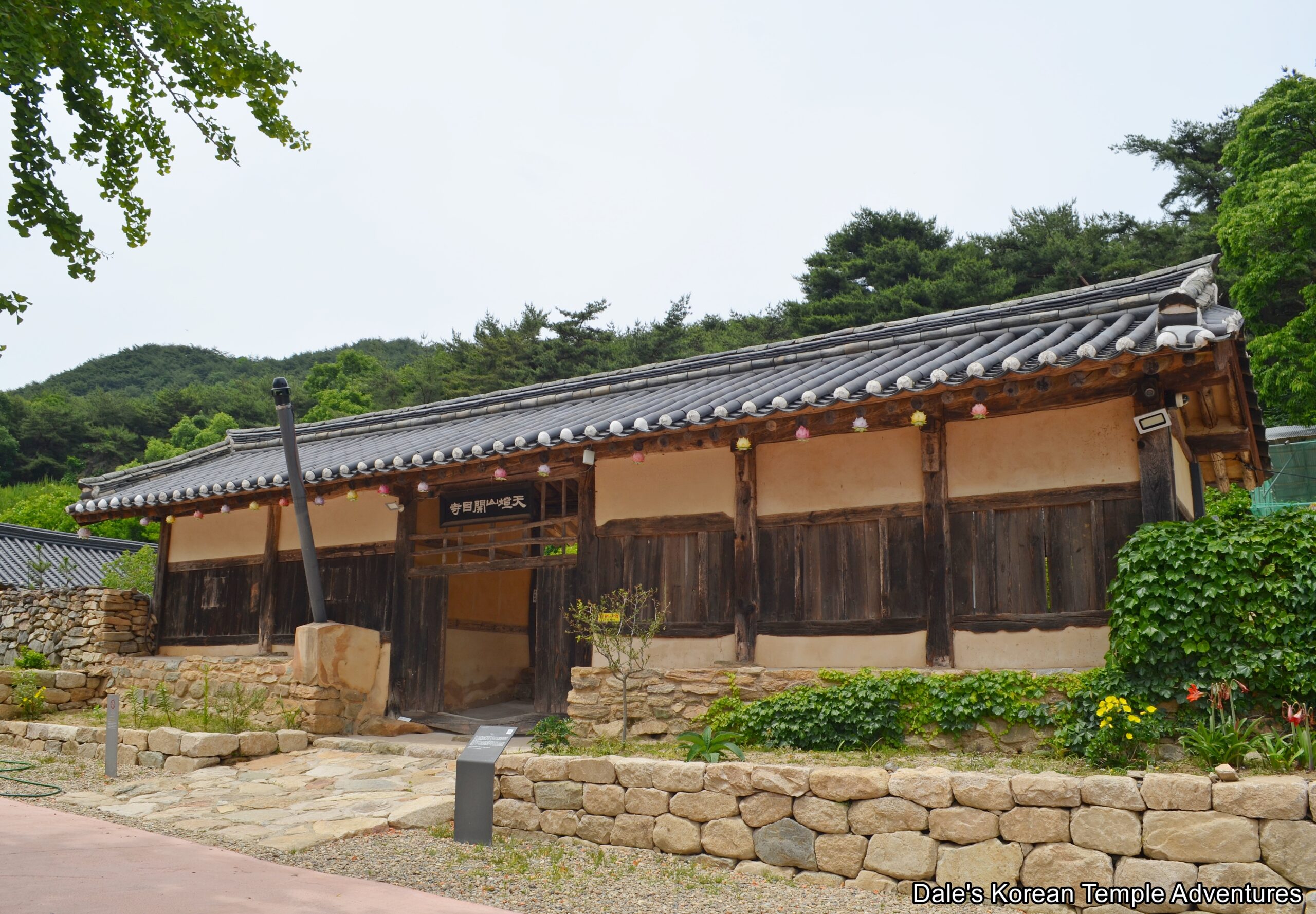
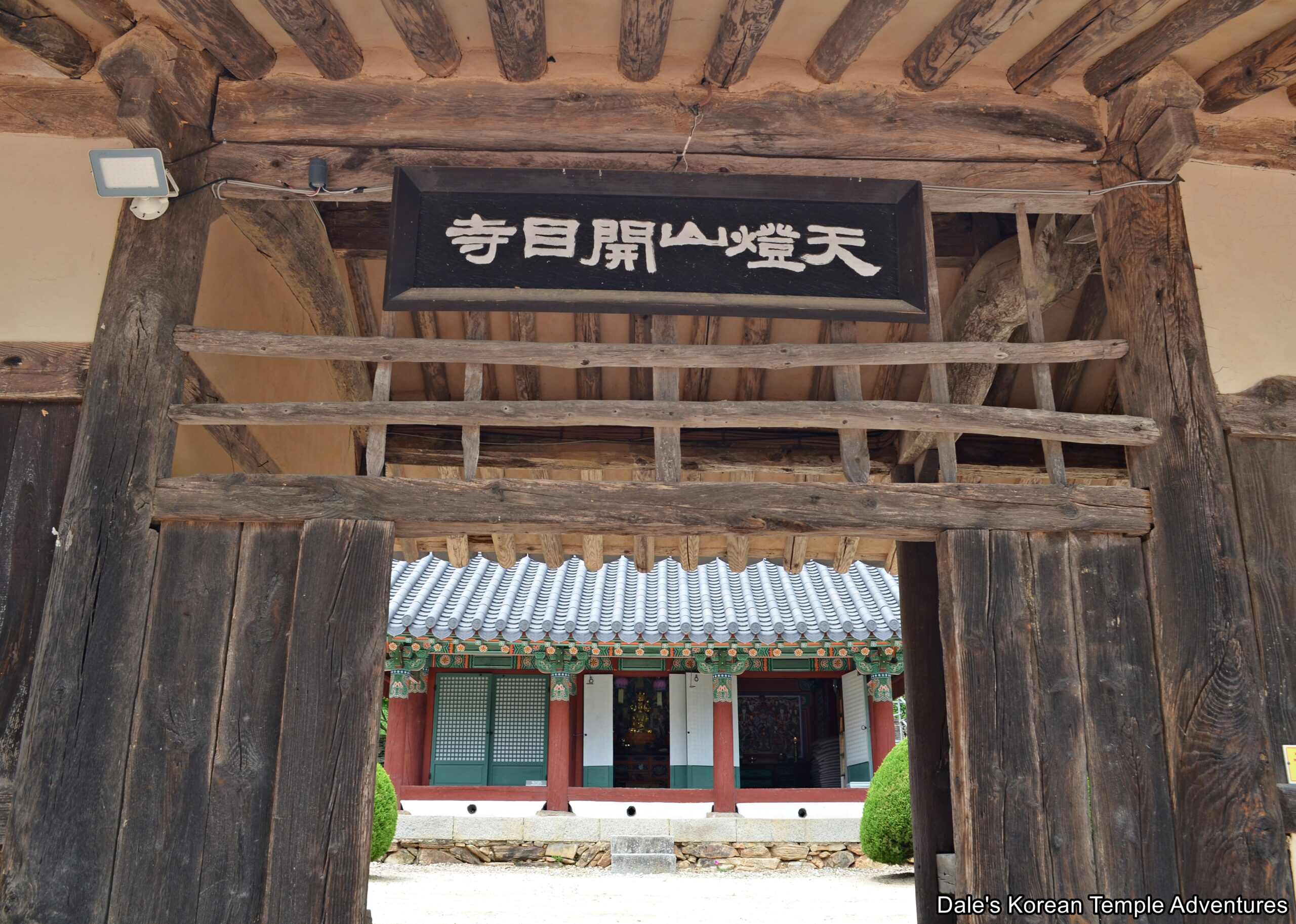
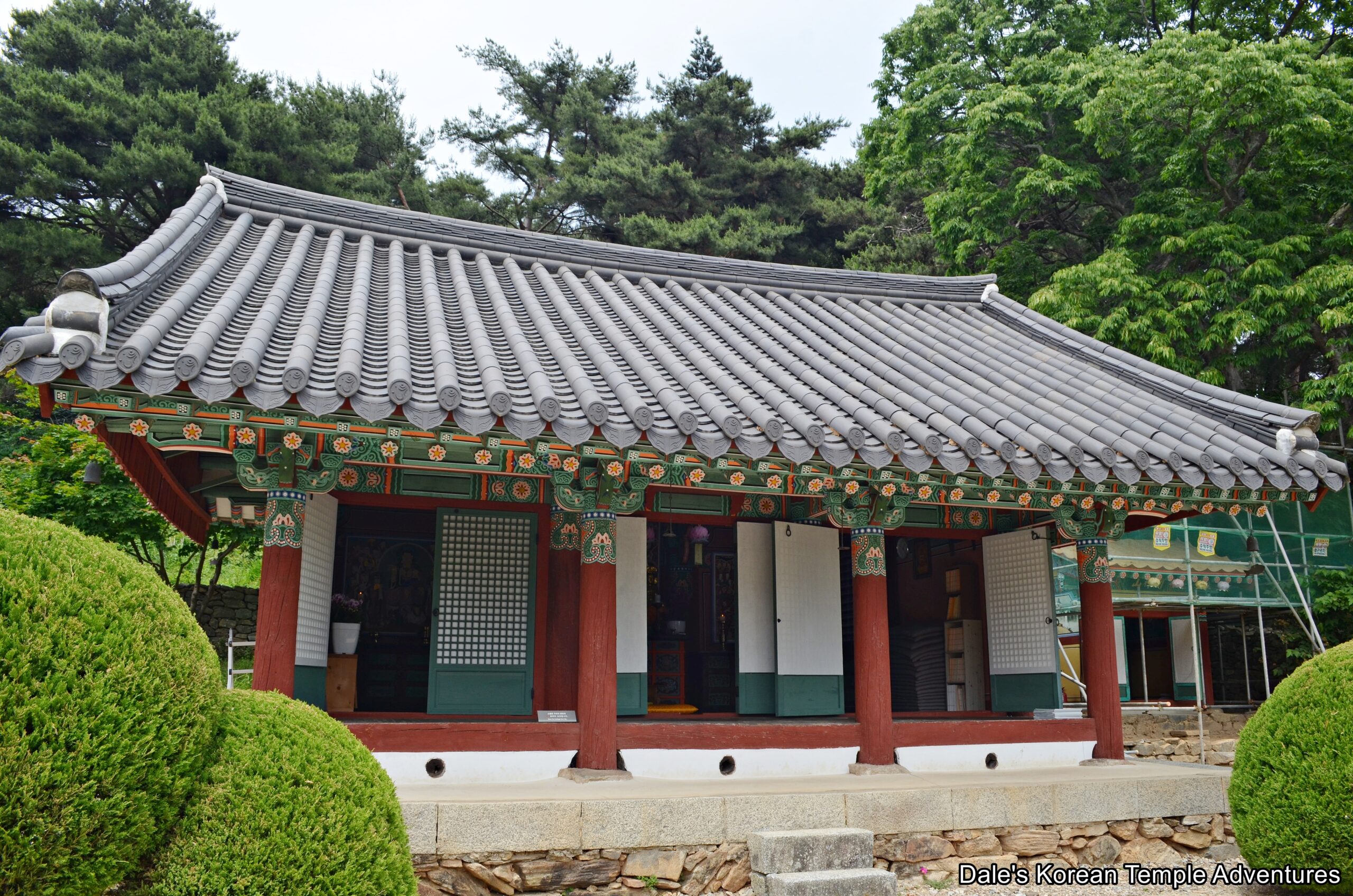
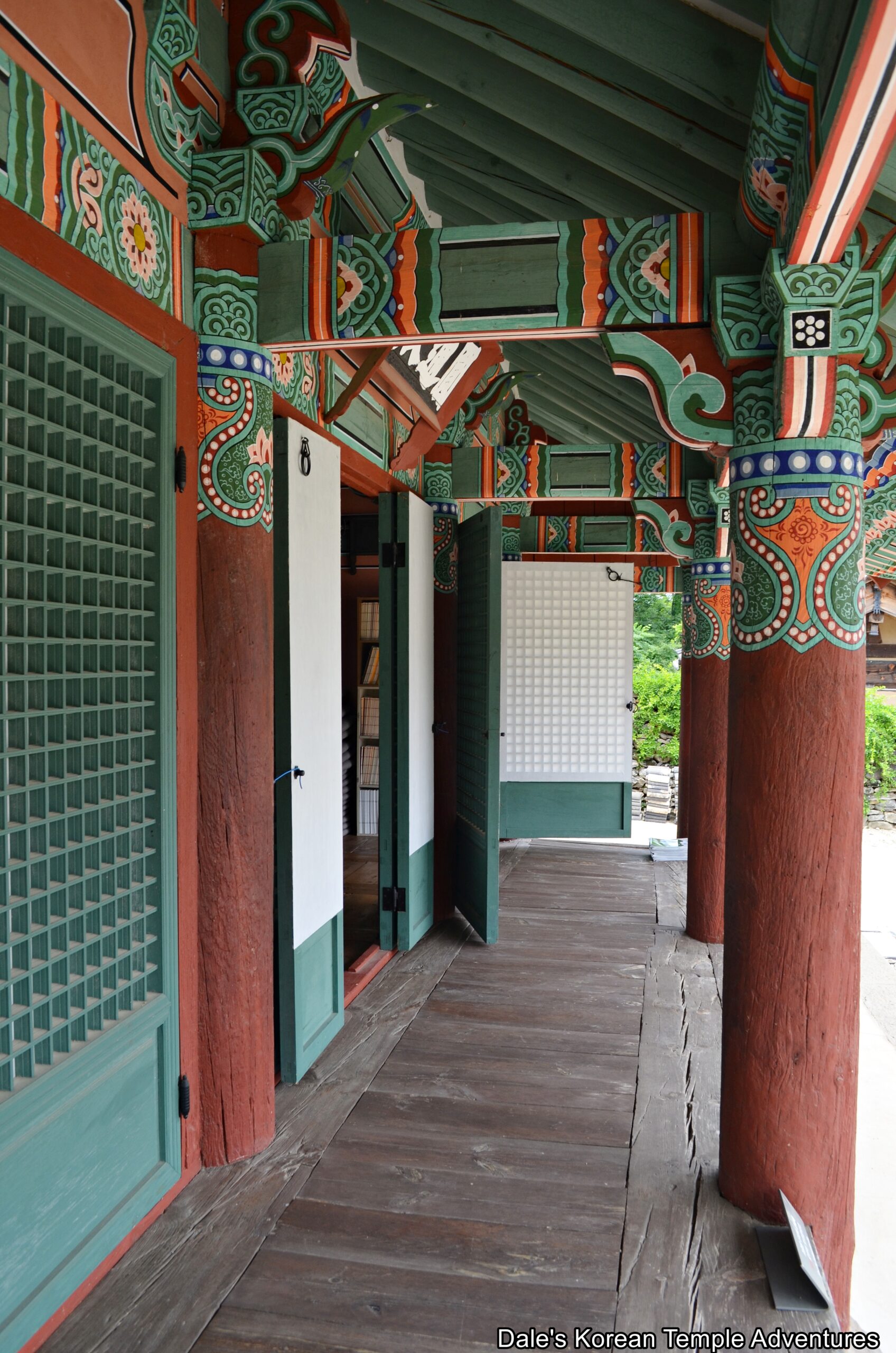
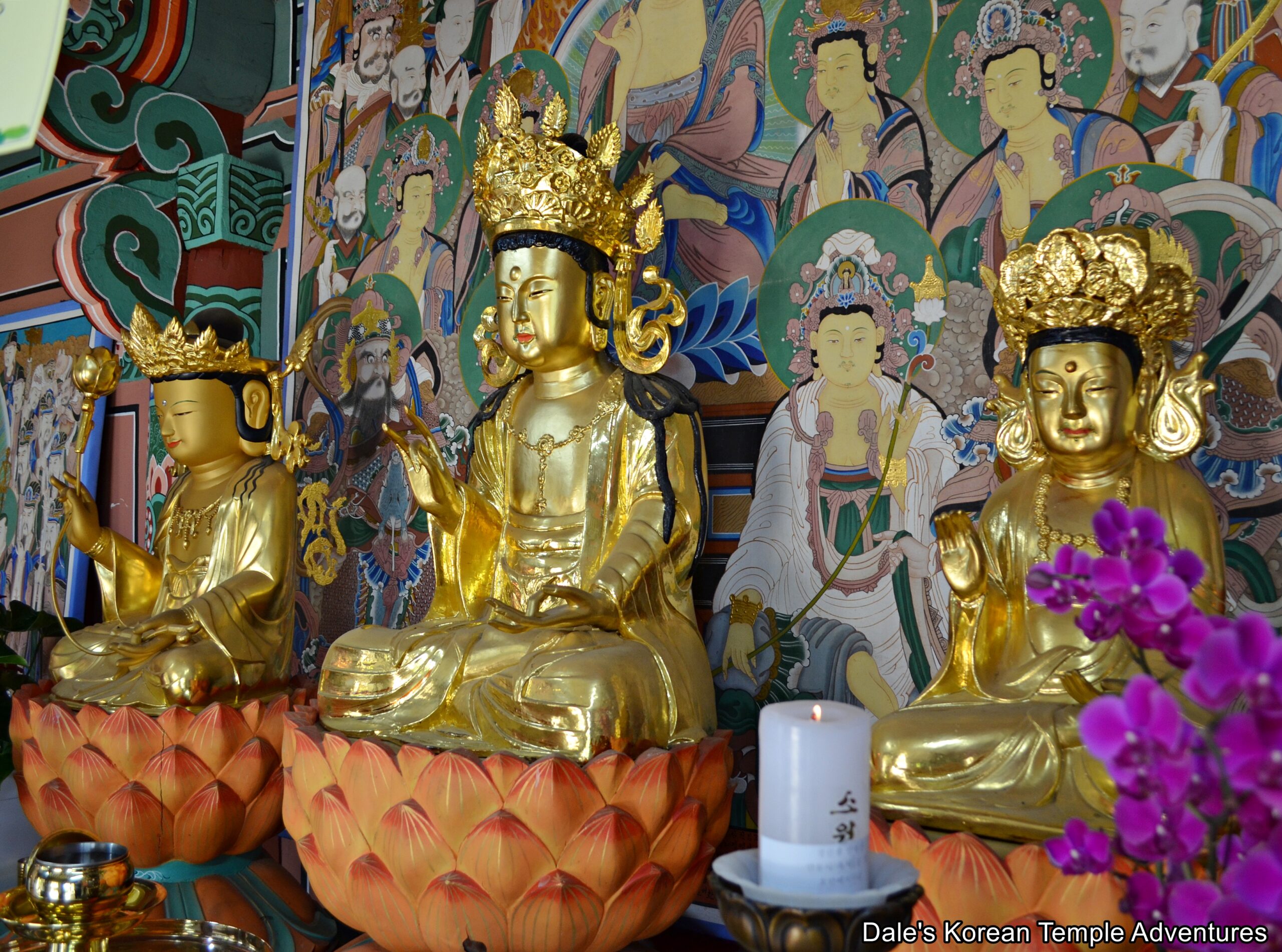
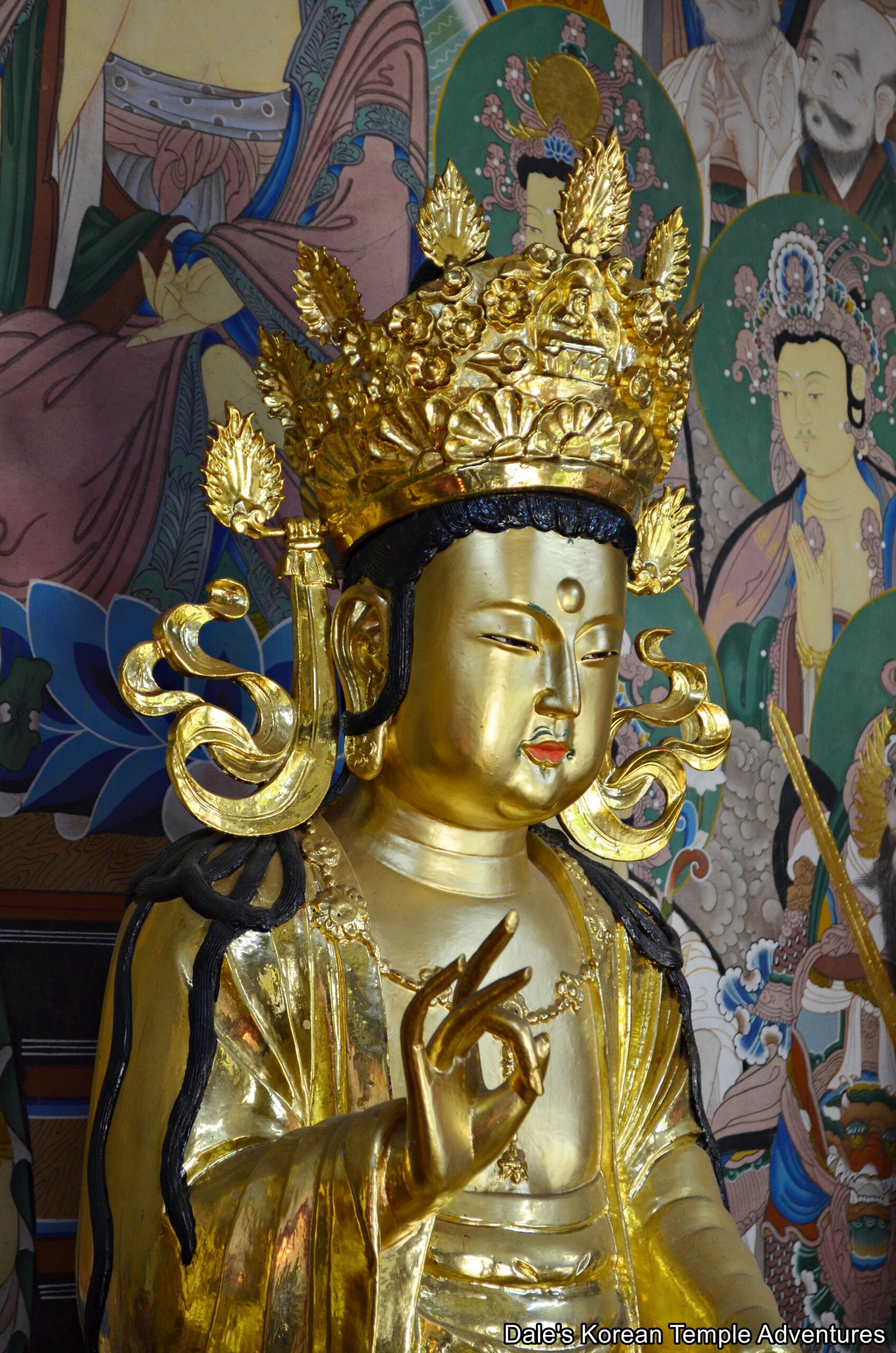
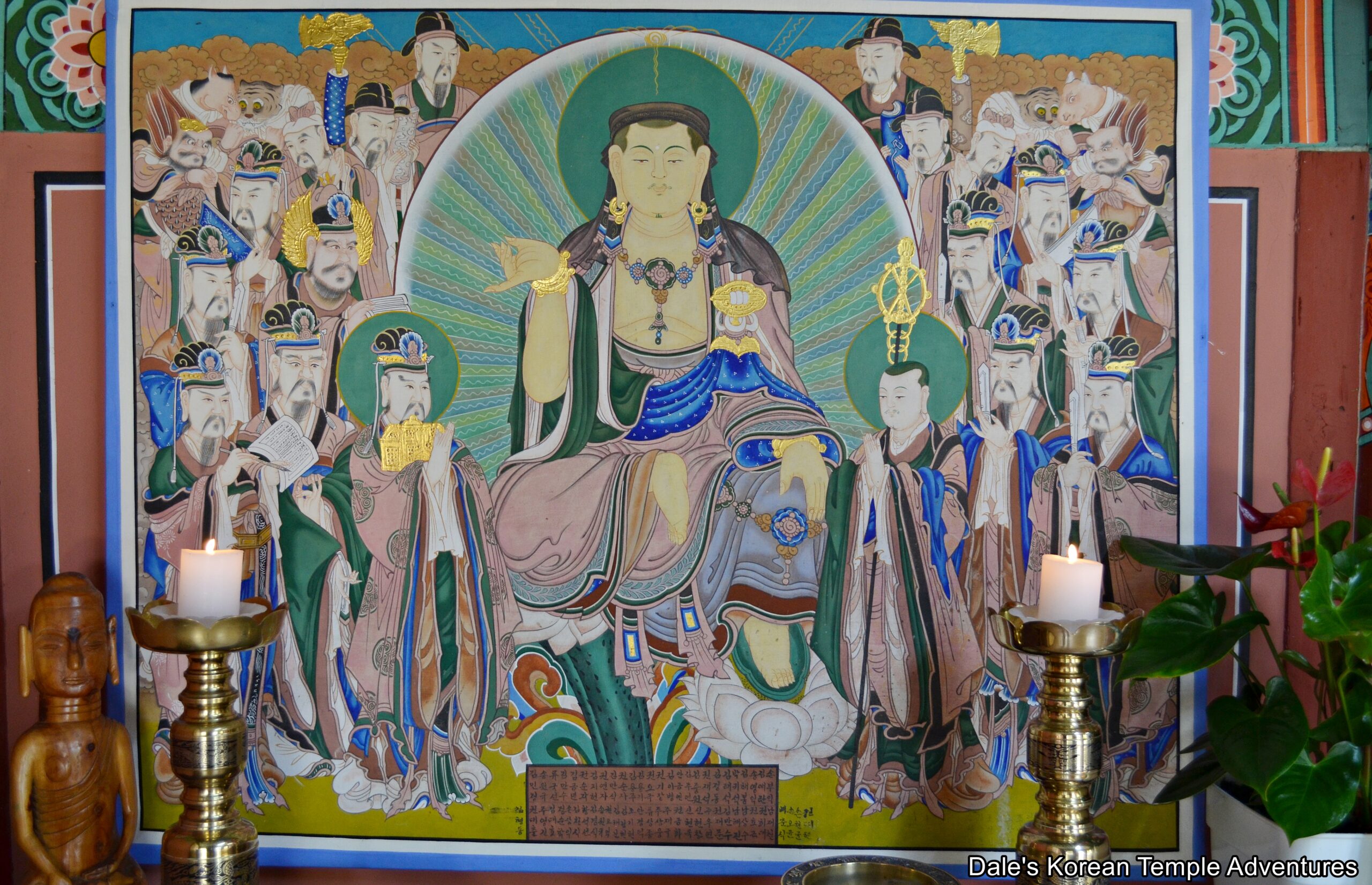

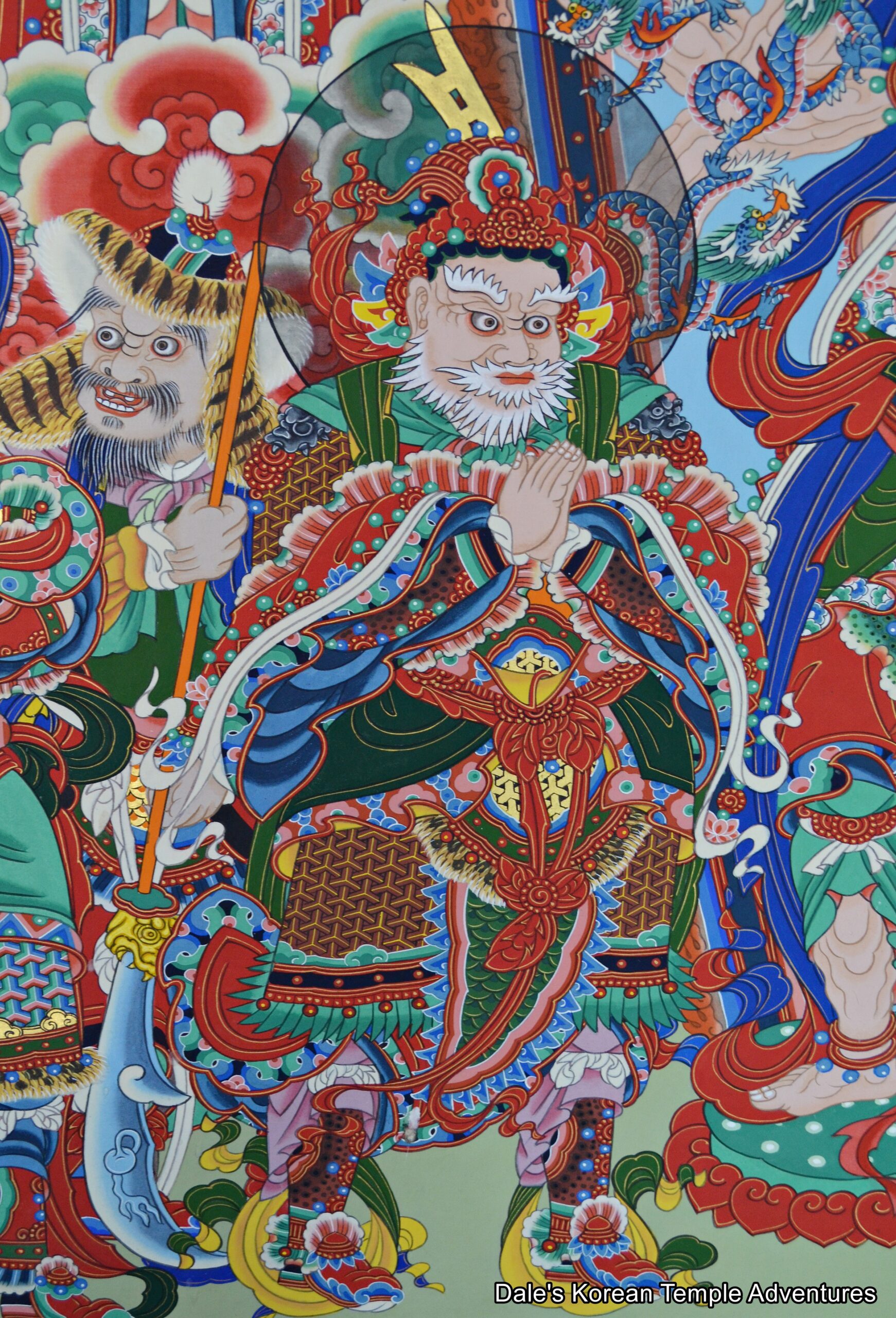
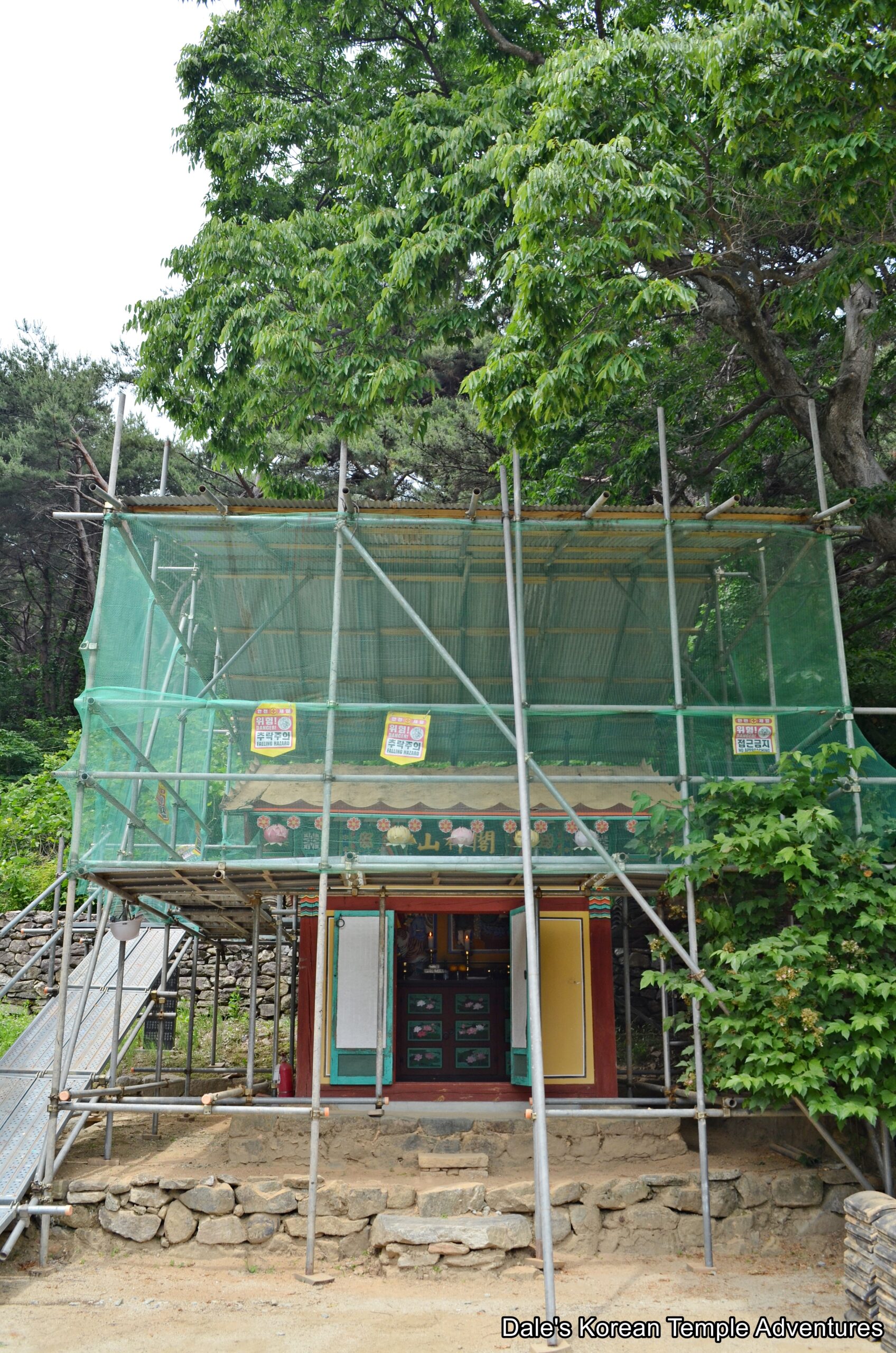
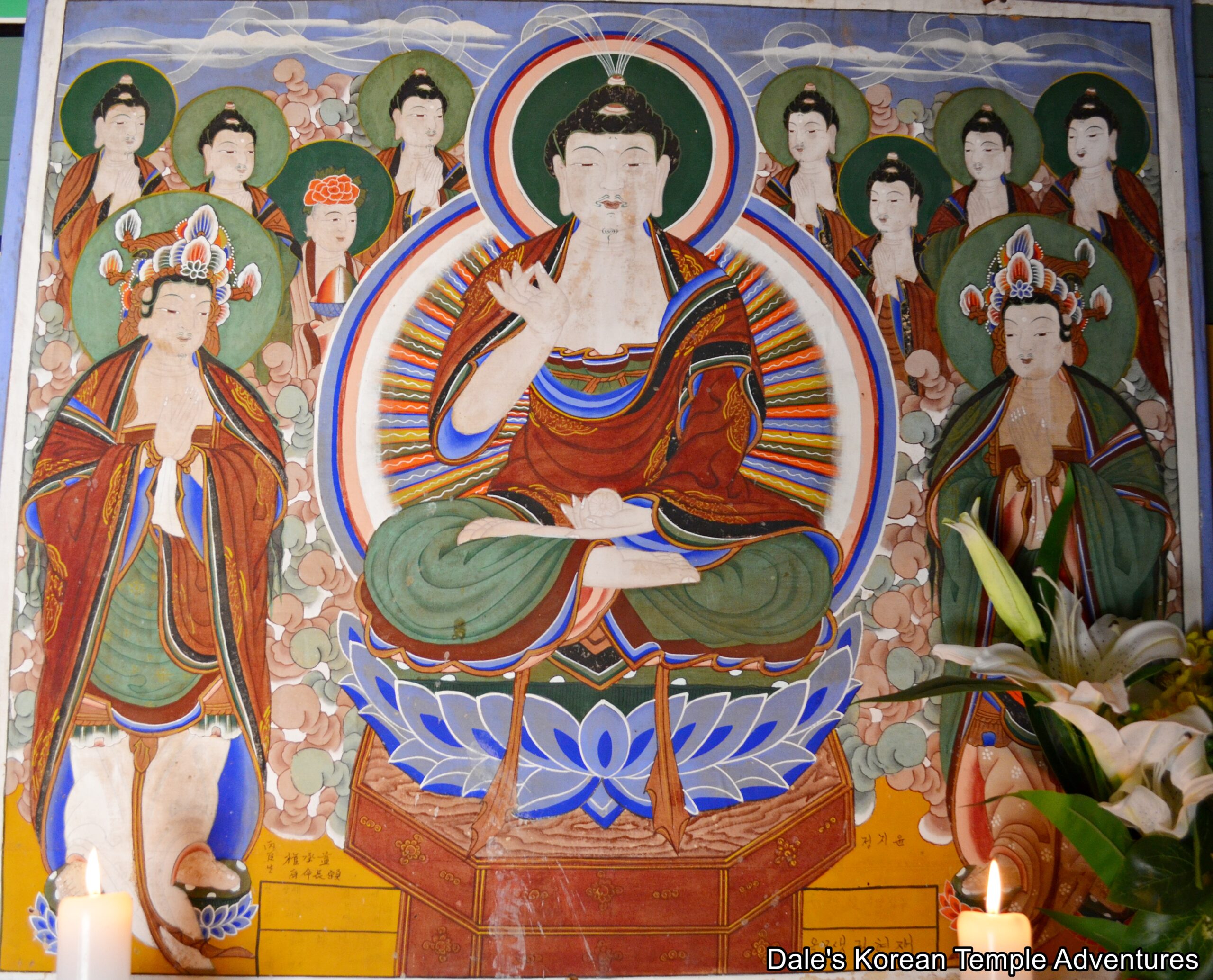
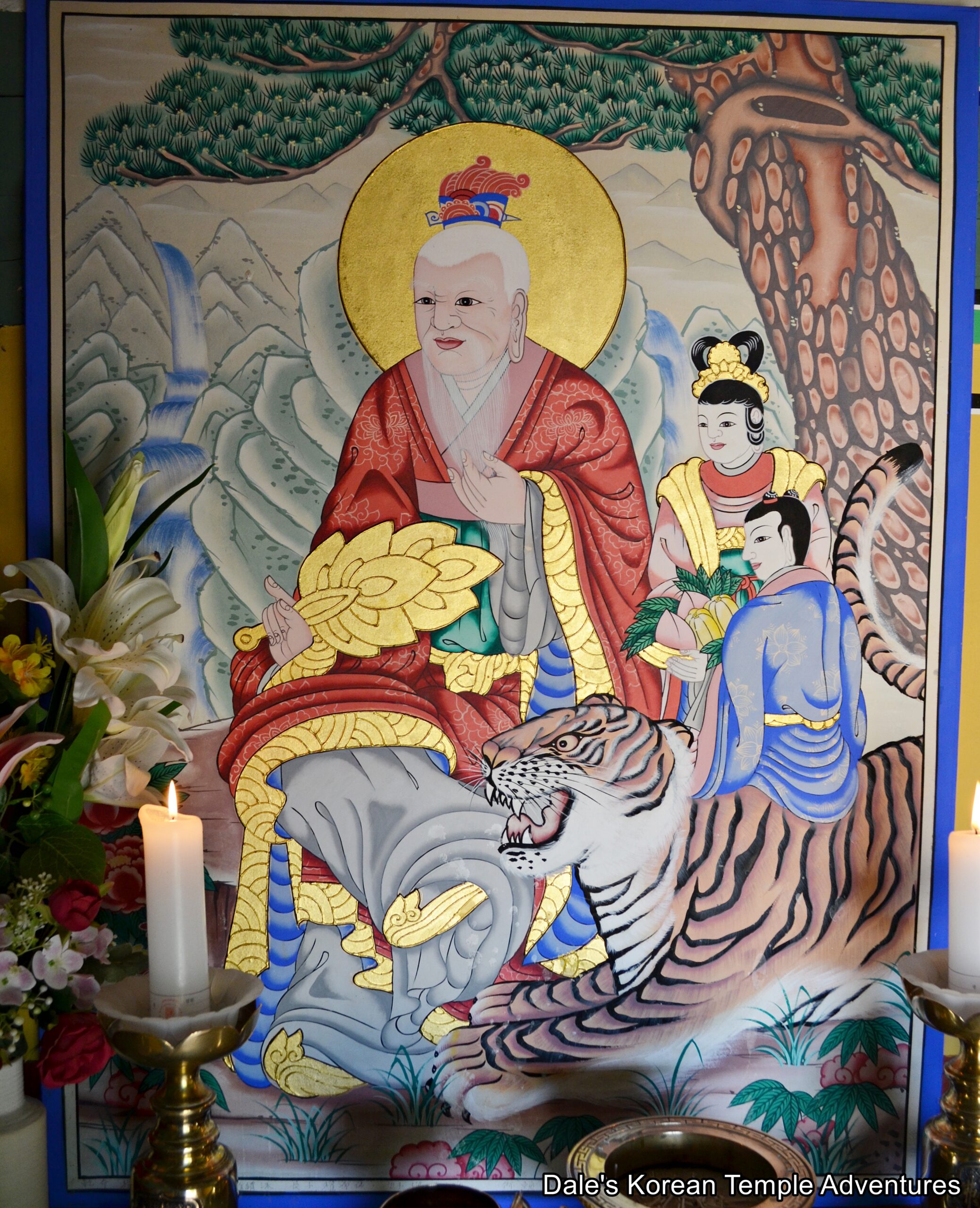
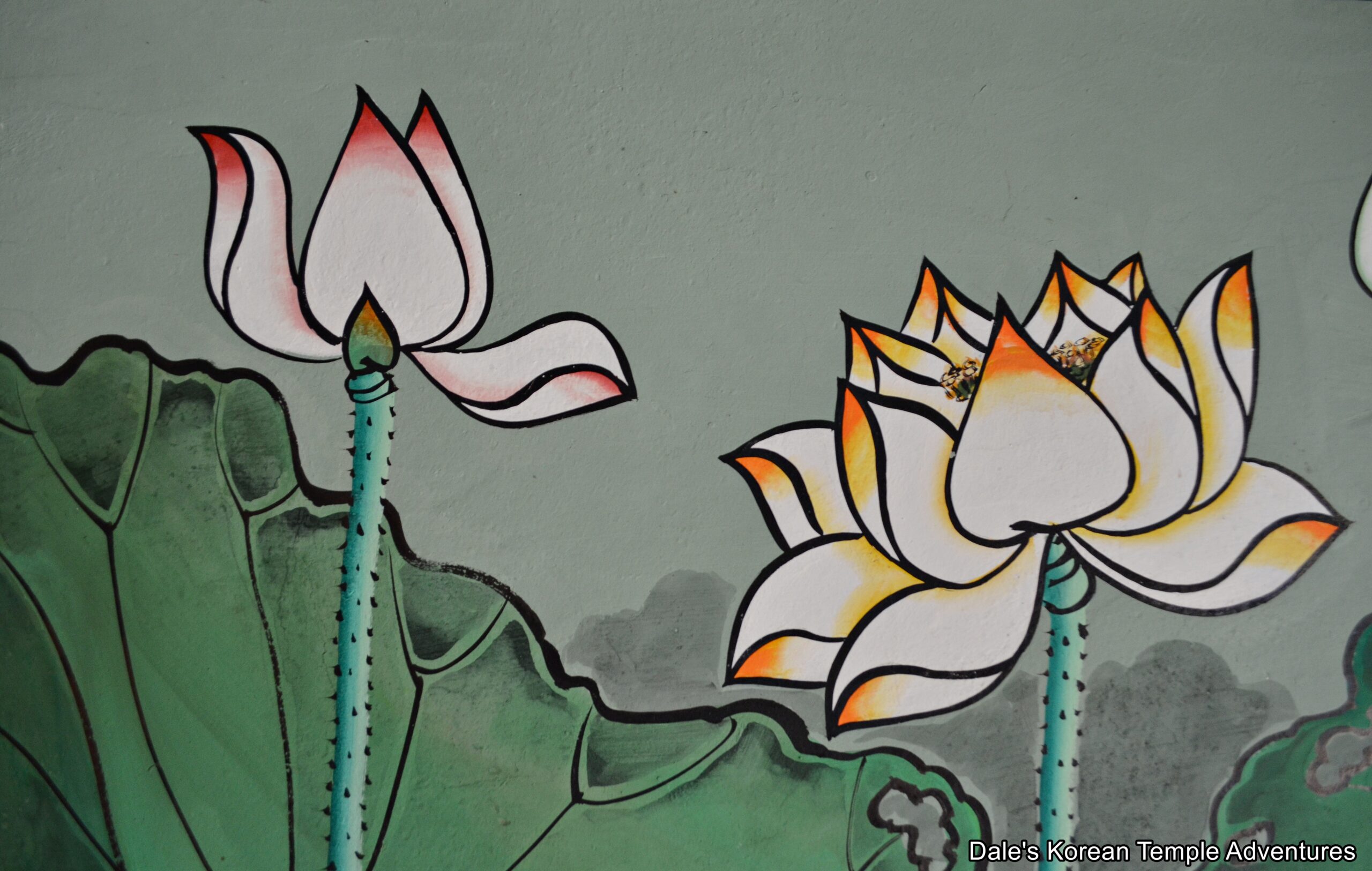


Recent comments